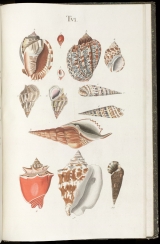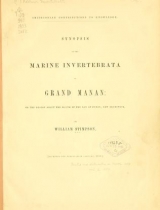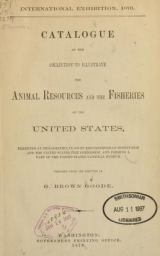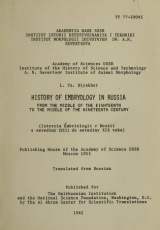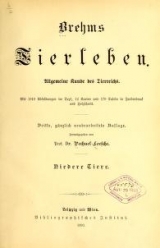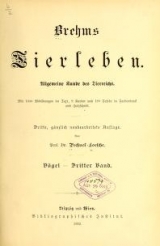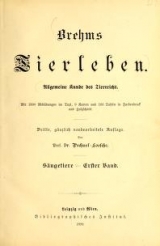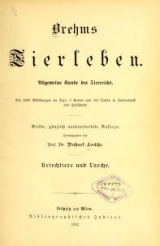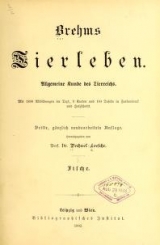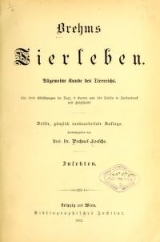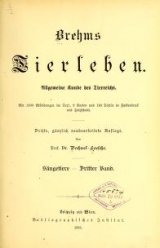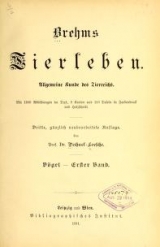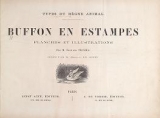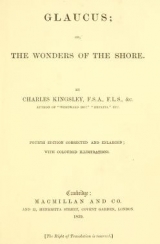Prodromus in systema historicum testaceorum
Joachim Johann Nepomuk Anton Spalowsky (1752-17 May 1797) was a veritable
polymath in the Austrian Empire of the late eighteenth century. Few
biographical details are available on him but he was born in Reichenberg
[currently Liberec, Czech Republic], and he was a surgeon attached to the
civic regiments of Vienna. Spalowsky was a member of the Königlichen
Böhmischen Gesellschaft der Wissenschaften although he was not mentioned in
the exhaustive history of that society, even with regard to their
"Conchyliensammlung".
His erudition is evidenced by the range of his publications.
Creator:
Spalowsky, Joachim Johann Nepomuk
Published:
Gedruckt bey Ignaz Alberti's Wittwe, 1795
Subject:
Natural and Physical Sciences; Mollusks
Topic:
Zoology
Collection:
Additional Info:
 Download Essay by Alan Kabat (355.78 KB)
Download Essay by Alan Kabat (355.78 KB)
 Download Essay by Leslie Overstreet (230.7 KB)
Download Essay by Leslie Overstreet (230.7 KB)
Cite This:
View Citations




